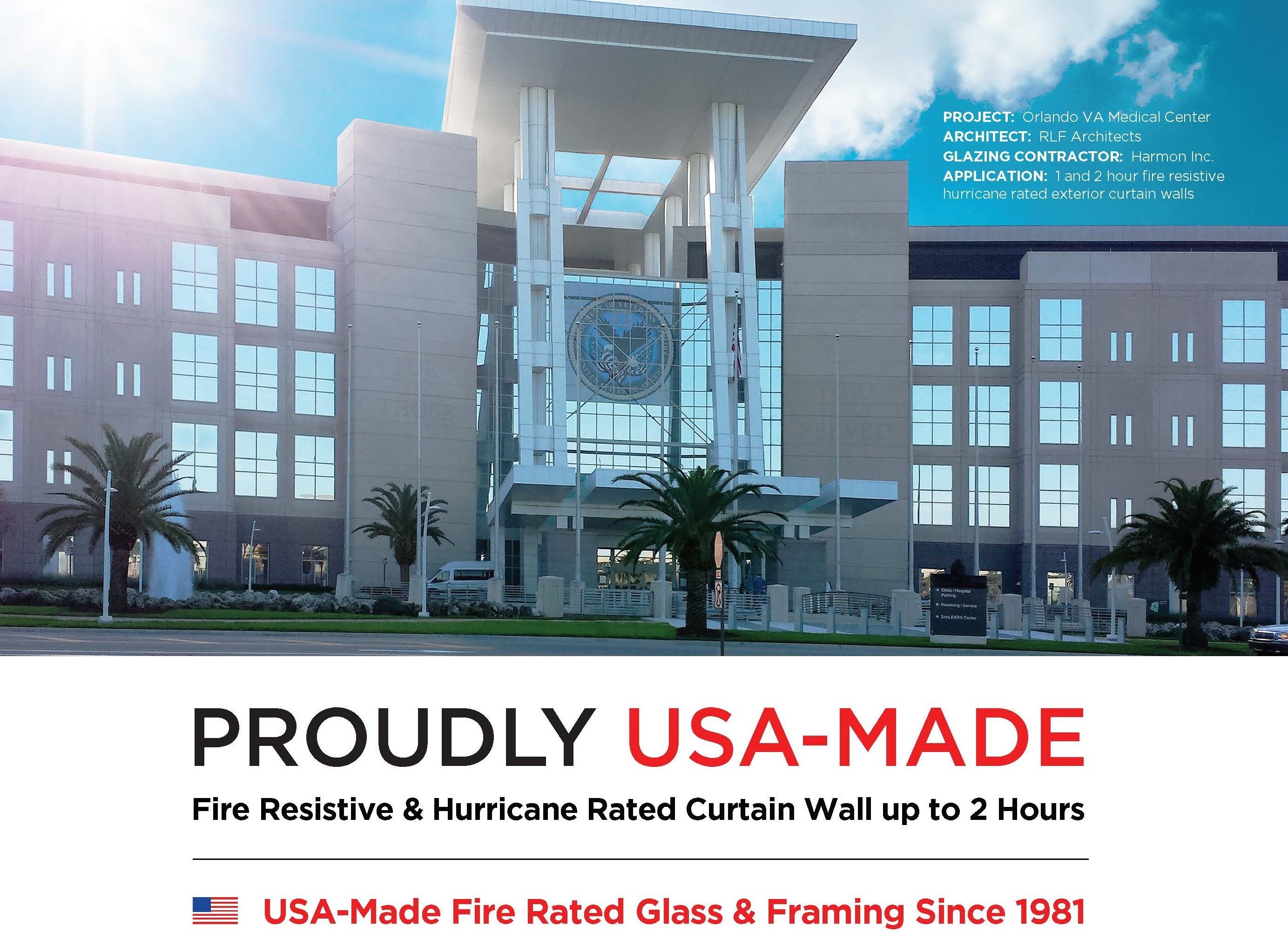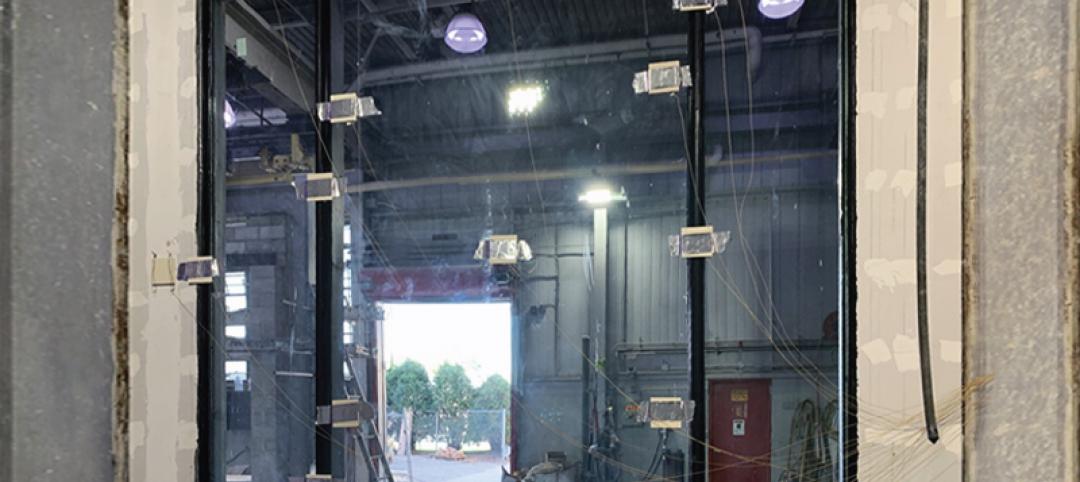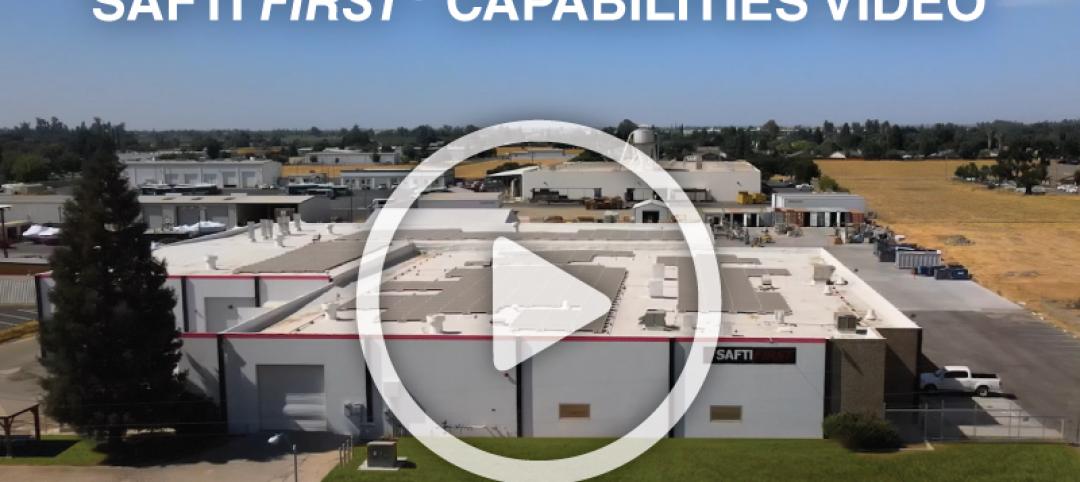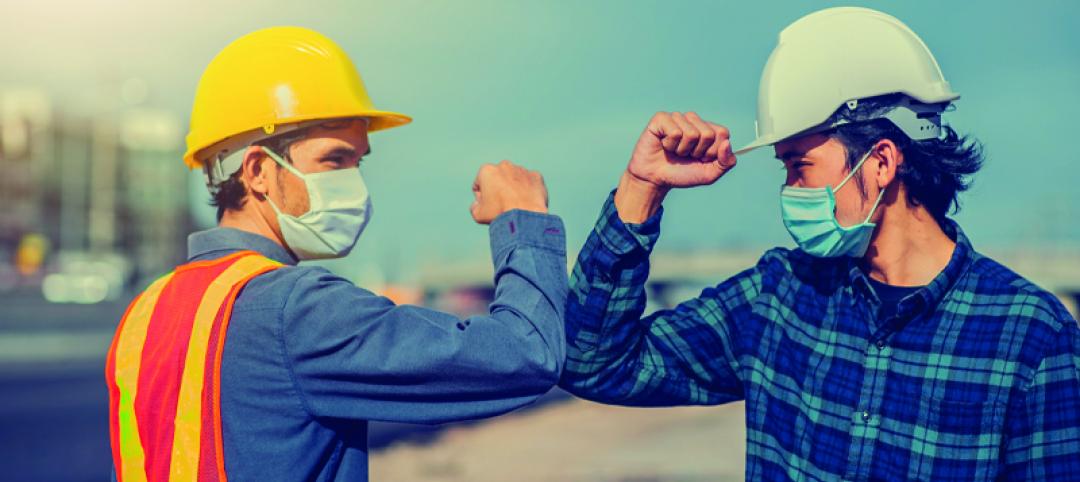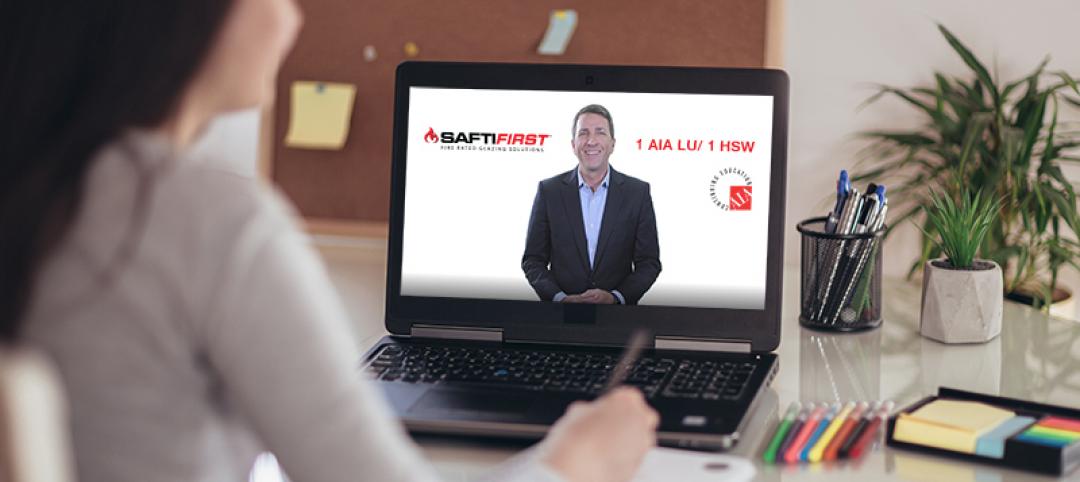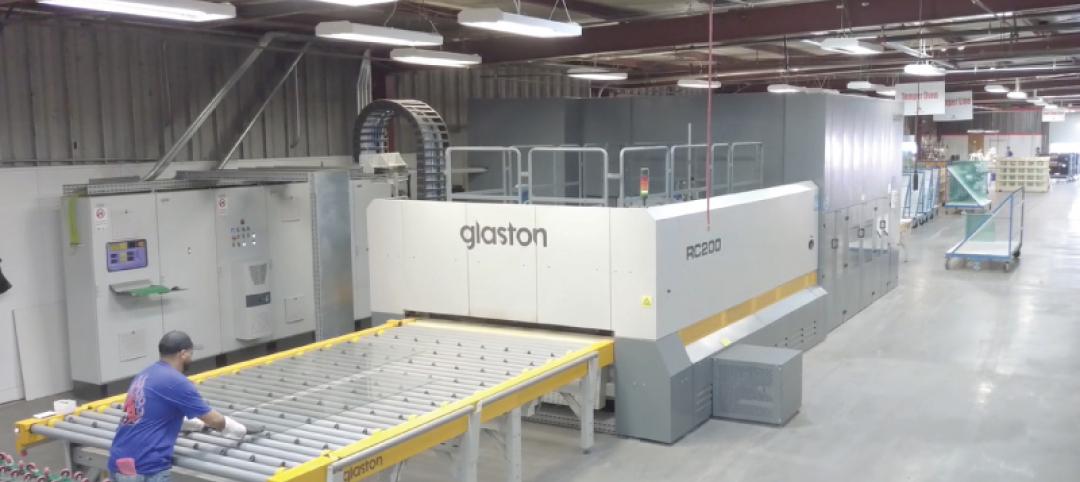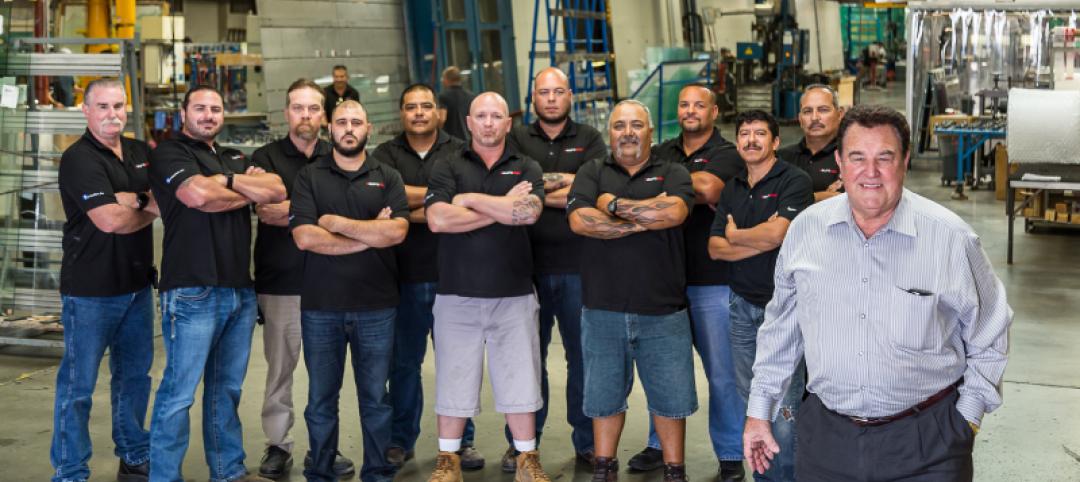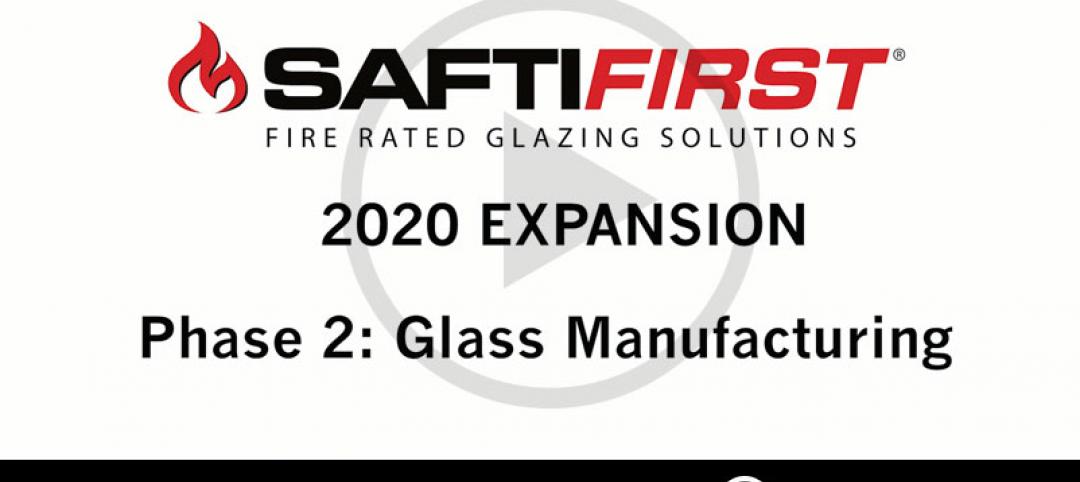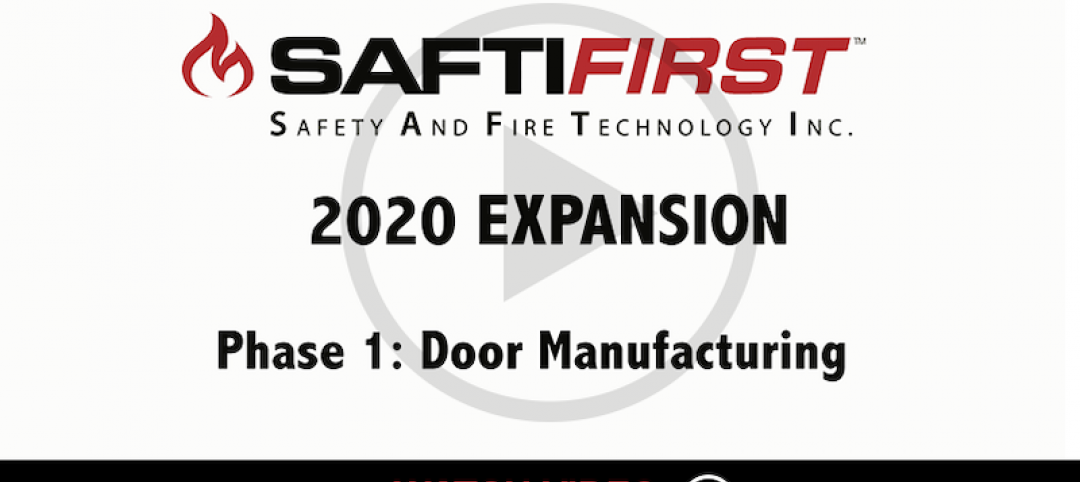In the last decade or so, American consumers have demanded more transparency when it comes to the products that they buy. Architects and building owners are starting to apply the same principle to the building products that they select and purchase for their projects. Whether it's meeting sustainable design principles or supporting American workers, we’ve noticed a demand (or at least a preference) for USA-made products.
Recently, I’ve been seeing two-page print advertisements from a fire rated glass supplier touting themselves as ‘North America’s Most Specified Fire-Rated Glass Manufacturer.’This claim struck a nerve with me because I know for a fact that the company that spent a tremendous amount of money for this ad campaign imports their fire rated ceramics and annealed multi-laminates from Asia and Europe. They enter the US as large, static sheets that are cut-to-size and shipped to the customer. To present themselves as a ‘manufacturer’ by any stretch when they cut and ship fire rated ceramics and annealed multi-laminates is not just a lie, but an affront to real building product manufacturers everywhere.
The claim to be the ‘most specified fire rated glass’ is also problematic, as there are different types and applications of fire rated glass. Putting them all together as one without regard to testing or code-approved applications contributes to the confusion and misapplication of fire rated products. For example, it is still quite common for us to see project specifications or quote requests that call out ceramics in 60 and 120-minute wall applications and vision lites in 60 and 90-minute temperature rise doors that exceed 100 sq. inches. In both of these cases, ceramics are not allowed by the code. So while these misapplications in the specifications may contribute to their claim as being the ‘most specified fire rated glass,’ product, it doesn’t really help the design community. Responsible fire rated glass manufacturers and suppliers shouldn’t just be satisfied in getting their products specified – they should go one step further and take concrete steps in helping designers specify the correct and code-approved product.
We’ve identified this problem years ago, and since then we have produced educational presentations for AIA, CSI, DHI and ICC; written articles, blogs, technical bulletins and case studies; and participated in code changes that are all aimed to educate architects, owners, code officials, etc. on the correct and code-approved use of the various types of fire rated glazing products. When we see misapplications in the project specifications and in quote requests, we point them out and ask for clarification. While it is ultimately up to the architect or the customer to choose the product that they want, we endeavor to advise them in any way that we can so that they can make an informed decision.
We take these steps because fire rated glass is a life safety product. Not only does it provide vision and transparency, but when specified and used correctly, it can provide a path of safe egress for building occupants or a safe haven where they can await rescue if they are unable to evacuate on their own. It also helps contain the fire to its point of origin, making it easier for firefighters to extinguish it.
Whenever you have questions about product performance, allowed applications or need help in understanding the code requirements, never hesitate to reach out to us at 888.653.3333 or info@safti.com. In some cases, it makes sense to involve us in the early designing phases, especially when dealing with technical or multifunctional products such as fire & security rated, fire & ballistic rated, fire & blast rated or fire & hurricane rated glazing assemblies. Perhaps you have unique design requirements such as fire rated, clear butt-glazed walls or fire rated glass floors. With ever-changing codes and rapid advances in material technology, product and industry knowledge in the selection and use of fire rated glazing products can help you save time, money and lives.
More from Author
Bill O'Keeffe | Oct 19, 2020
Going virtual
Manufacturers use virtual platforms to help architects meet CEU requirements.
Bill O'Keeffe | Jul 16, 2020
Obsolete?
"Revolutional, affordable, USA made Fire Rated Glazing for all fire protective areas makes ceramic glazing obsolete". Check out SuperClear 45-HS and SuperClear 45-HS-LI to understand why!
Bill O'Keeffe | Feb 10, 2020
USA-made fire rated glazing goes big in 2020
We are pleased to announce and share that the second phase of this $8 million expansion, upgrading our fire rated glass manufacturing facilities in Merced, California, is underway.
Bill O'Keeffe | Nov 20, 2019
Demand for advanced, USA-made fire rated glazing “RAISES THE ROOF”
With architects specifying full-vision, code-compliant, 60 and 90 minute, temperature rise doors for exit stairwells and other code required applications, we found this as an opportunity to expand our product offerings.

